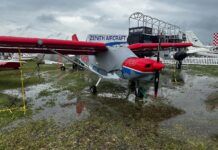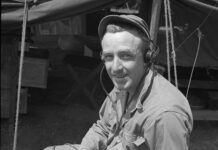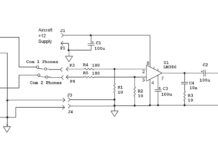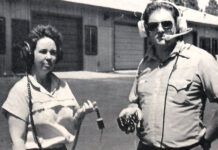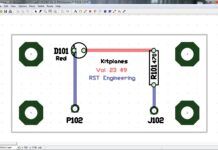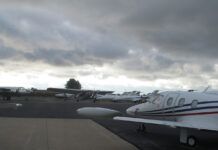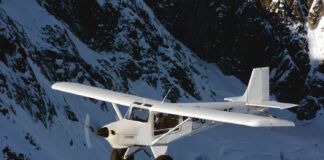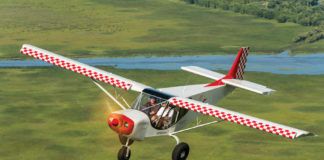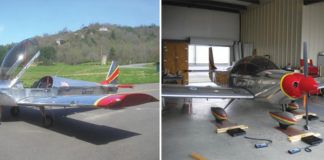Charles Babbage had the right idea in the 1800s with his mechanical “difference engine” computer, but the poor machining of the day kept it from working until his original plans and the CNC-controlled milling/lathe machinery of the 20th century actually let us construct one of his devices in 1991. It had 32-decimal-place accuracy, which is a trick that most modern calculators can’t achieve. But his idea for a computer took fire in a monster called ENIAC (Electronic Numerical Integrator And Computer). It was originally designed in 1943 and by the time it was completed, weighed more than 30 tons, used more than 17,000 vacuum tubes, 1500 relays, and 80,000 resistors and capacitors. It consumed 150 kW of power. It was designed to be used to calculate artillery firing tables (the battleship Missouri is often mentioned), but the first real computing it did was calculations for the first hydrogen bomb.
A few short decades later we are armed with both Windows and Apple (which I will abbreviate as PC and Mac). Both do a splendid job of number crunching, and both are working their way into the general aviation mainstream. Here are a few programs we found that are exceptionally useful in the GA environment.
Choose Your Path
The first tool I ever used on the “aviation Internet” was NOAA’s Aviation Weather Center. For some years they had what they called a Flight Path Tool, to which they recently made improvements. The screen shown indicates a 2-hour flight from my home airport (KGOO) in Grass Valley, California, and the editorial office in Ashland, Oregon (SO3). I chose a particularly poor altitude of 6000 MSL, which runs right into Mt. Shasta (the brown cross section). I have two choices: I can either take my plane up to 10,000 feet, or dogleg around Mt. Shasta, which the tool lets me do quite easily. Note that going up to Oregon will be quicker than coming back to California, because I’ll have a 5-knot tailwind going up and a 5-knot headwind coming home. (PC only; free.)
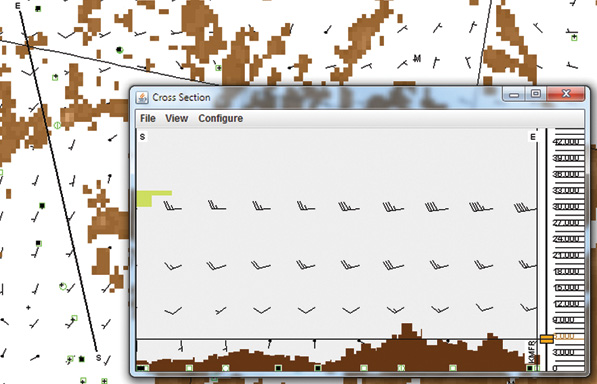
DUAT indicates a flight between Grass Valley and Ashland at 6000 MSL impacting Mt. Shasta about 1000 feet below the peak.
For you iPad/iPhone folks, the clear winner in this game is Foreflight. Given the space available here, anything I say will have to be a light gloss off the top. You really need to go to the web site to see all the goodies that this gem will give you for a relatively expensive $75 per year. That $75 buys you complete charts (IFR/VFR) for the entire United States, online weather, flight planning and a whole bunch more. Why no screenshot for this one? There is way too much information to pack onto a single image. If I had to pick fault, I’d say that the ability to get charts (for example) for Maine when I live in California is just a waste of bandwidth. I’d like a little less coverage and a little less money for a subscription. (Mac only; $75 annual fee.)
Coming in a close second is a parlay of two programs that add a little more versatility to the inflight environment. The first one is an app called WingX Pro, which does a credible job doing all the things that Foreflight does in a slightly different manner. Again, the kicker is the $75 annual fee for the charts and updates. The second program (which dovetails with WingX) is an inexpensive weight and balance program called FlightScale ($6.99 at iTunes). It features lots of goodies like full and empty fuel tanks on the loading graph, premade templates for simple and complex aircraft, and color-coded “out of limits” data. (Mac only; $75 annual fee.)
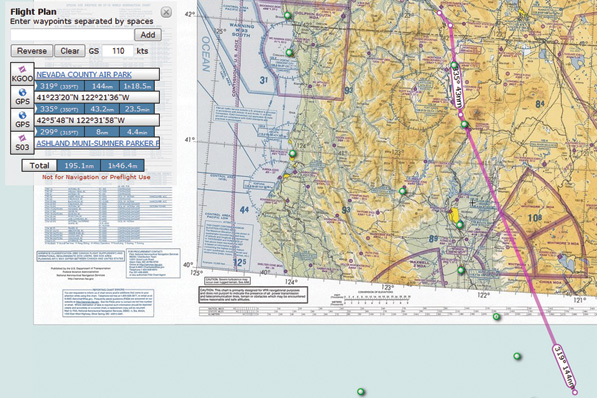
The chart from Skyvector.com (above) displays a dogleg around the tall, hard stuff. The same information in DUATS enhanced format (below).
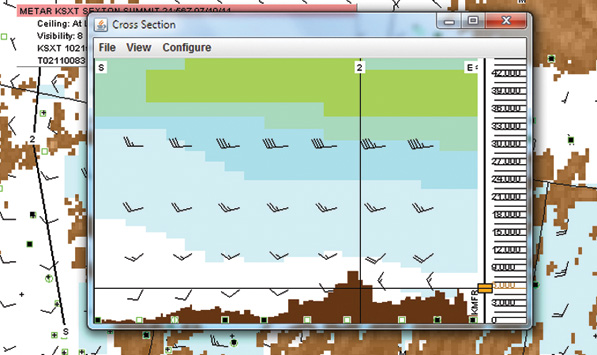
Check Your Charts
For those of you interested in charts without all of the frills, check out Skycharts Pro which goes for the modest sum of $19.99 at iTunes. It’s nothing fancy, but has all the charts that you could possibly want for your iPad. (Mac only; $19.99.)
Sky Vector offers a nice chart planner, which uses either Sectional or WAC charts for flight planning. Again, you can drag your proposed route away from the large cumulogranite obstacles and stay down where the air is breathable. (PC only; free)
NavMonster is a kind of nifty all-in-one site, though it doesn’t allow you to move your proposed route. The workaround is to crow-hop from airport to airport-a clunky approach. (Mac and PC; free.)
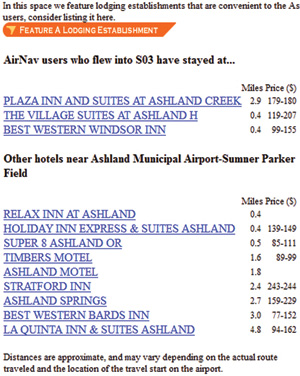
AirNav.com’s listing of hotels and motels in and around Ashland Airport, some with reviews.
Plan Your Trip
The granddaddy of them all is AirNav.com-the best airport facility directory on the Internet, complete with pilot reports on the nearby businesses. Want to find a hotel or motel close to the airport? Not a problem. I found no fewer than 12 places to stay in Ashland, and the last time I went up for the annual Shakespeare Festival I found the prices to be right on the money. However, one beef I’ve had with AirNav.com is that there are practically no budget motels listed (for example, a Motel 6). However, there is more than enough good information on the site that I highly recommend it. (Mac and PC; free.)
When all you want to do is find the best fuel prices in a particular area, take a look at 100LL. When I looked up my destination airport of SO3, I found the cheapest fuel at Tulelake, California (KO81), for $5.25 per gallon. For something a little closer, Medford, Oregon (KMFR), had fuel for $5.81, or I could refuel right at Ashland for $5.85 per gallon. If you’re in the market for Jet A, 100LL will point you in the right direction (these days Jet A looks to be more than a buck a gallon less than 100LL). (Mac and PC; free.)
In coming months, I’ll wrap up this series with a prowl of the various regulatory sites (FAA and state). Until then, stay tuned.
Resources
- 100LL
- AirNav.com
- DUAT
- DUATS
- Foreflight
- FlightScale
- NavMonster
- NOAA’s Aviation Weather Center
- Skycharts Pro
- Sky Vector
- WingX Pro


